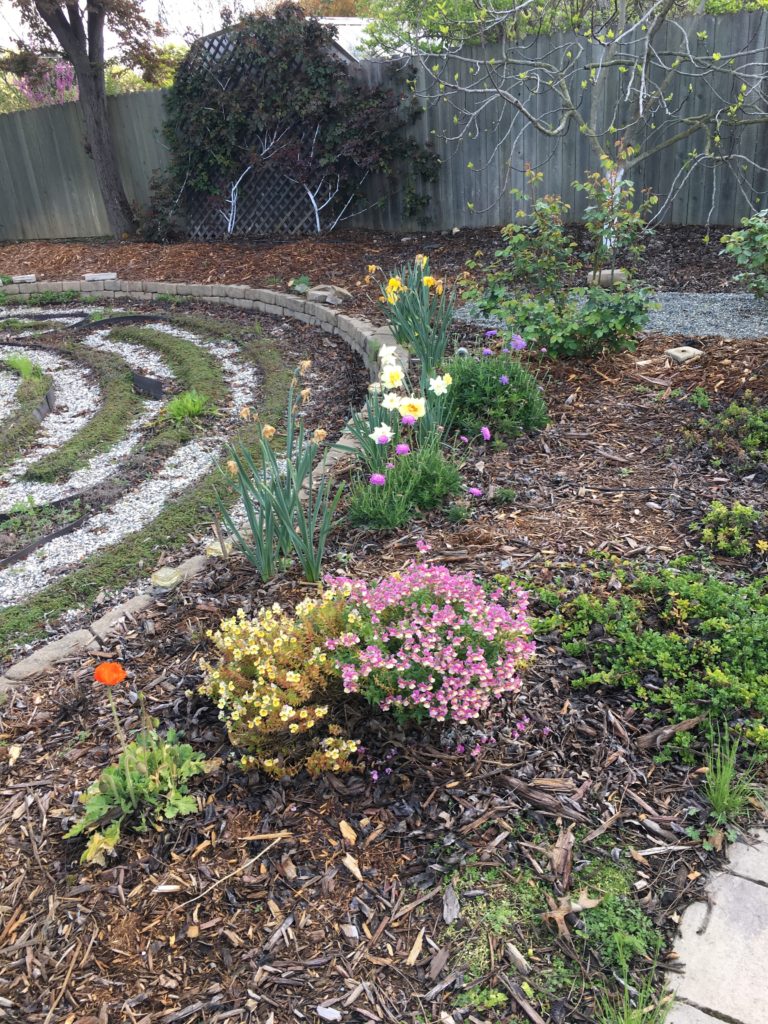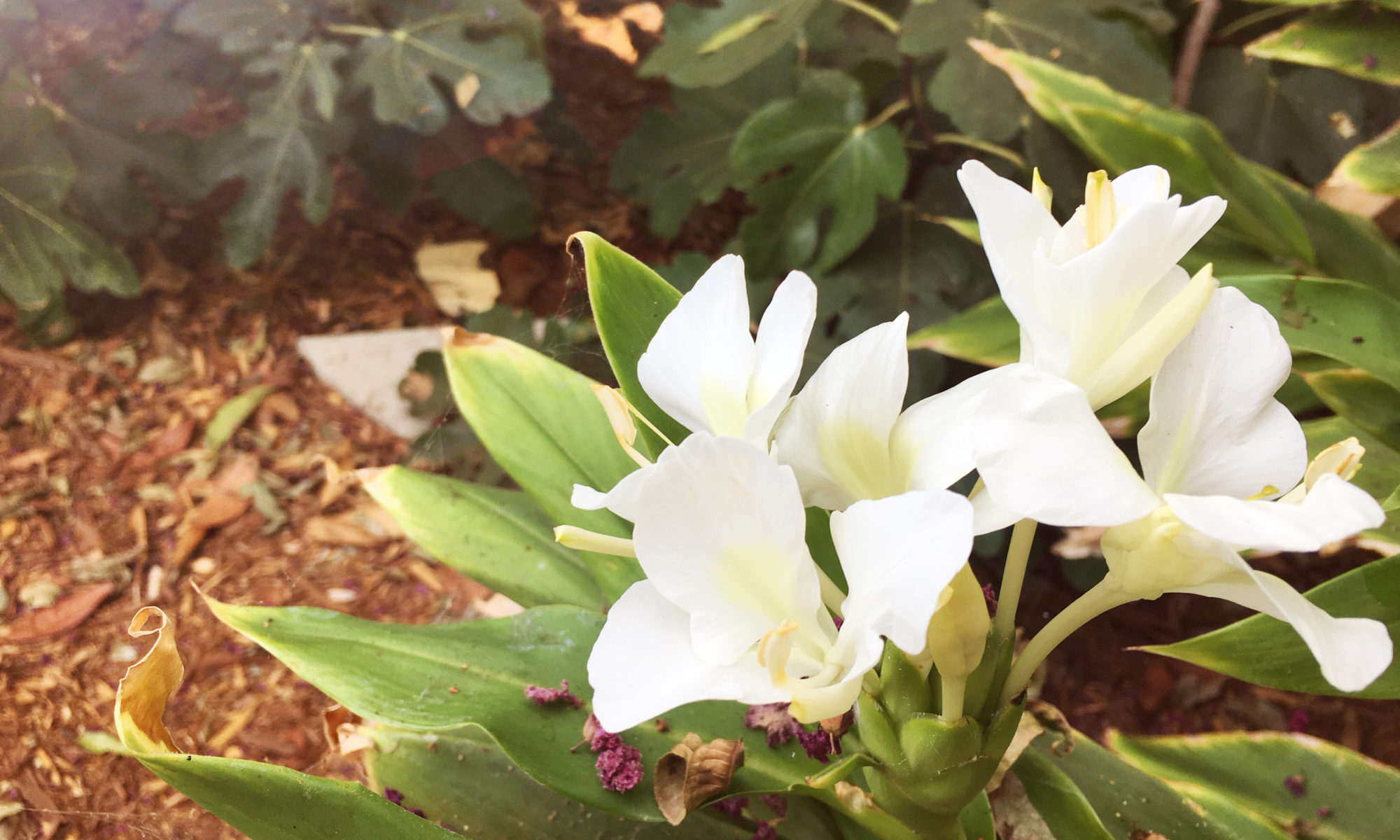
This particular page will follow the going-ons in the garden! We live in Sacramento, which is in northern California, and approximately the midway pint between San Francisco and Tahoe. Our USDA plant hardiness zone is 9b. Our backyard (where most of the fun takes place!) is on the north side of our house. We have a paver patio extending ~10ft out from the north side of our house and our yard is beyond that, so almost all of our yard gets full sun.
Here’s the Cumulative Chilling Hours in Sacramento for the winter season between November 1st through February 28th/29th. The University of California, Fruit & Nut Research & Information Center keeps information for stations around California. The website also allows you to calculate the chill hours between custom dates by clicking on the particular station. This information is important for those of us who are growing fruits and nuts that require a minimum chill hour to flower and/or set fruit. For other states/areas, your local county agricultural extension will have information on your season’s cumulative chilling hours.
| Station | Hours <45F | Hours >32 and <45F |
| 131 Fair Oaks | 772 | 758 |
| 140 Twitchell Island | 752 | 742 |
So far in the year, we’ve had above normal precipitation. The winter was rather mild and elongated. The yearly cumulative totals can be found on the National Weather Service page.
April 28, 2019: First sign of hoplia spotted! Jar with soapy water employed.
May 24, 2019: A series of unseasonable rain storms and low temps might have interrupted the hoplia feeding frenzy. We’ve hand-picked between 100-200 individual beetles. Amazing discovery: Hoplia seem to prefer Mexican Evening Primroses (MEP) over our roses! Not sure if the systemic control we applied to the roses had any contribution, as there are still hoplia on the roses, but much more on the MEP! This is greatly facilitated their capture, and saved our roses from the majority of damage. We will definitely continue to grow MEPs in our garden as a hoplia refuge/capture tool.
